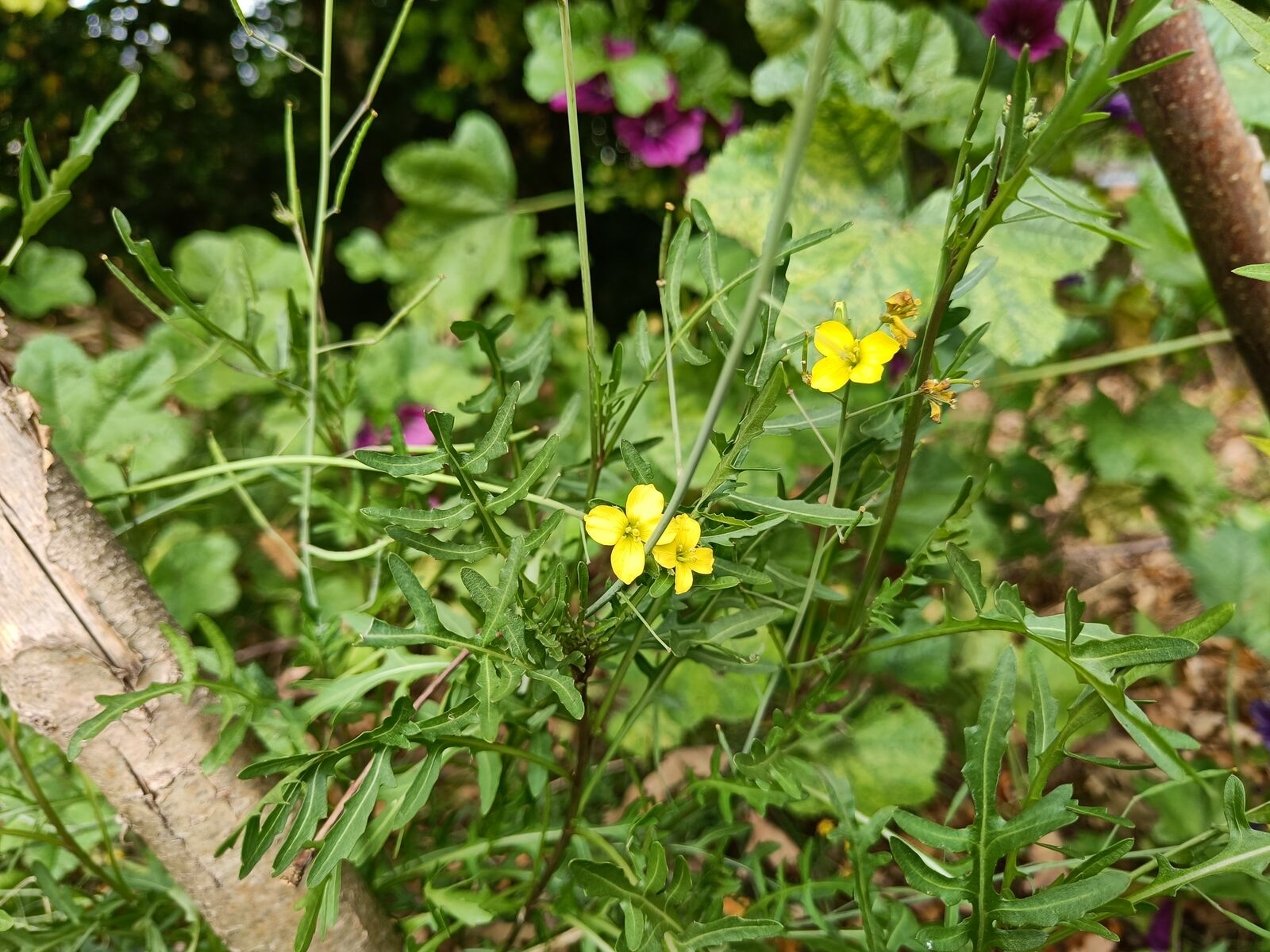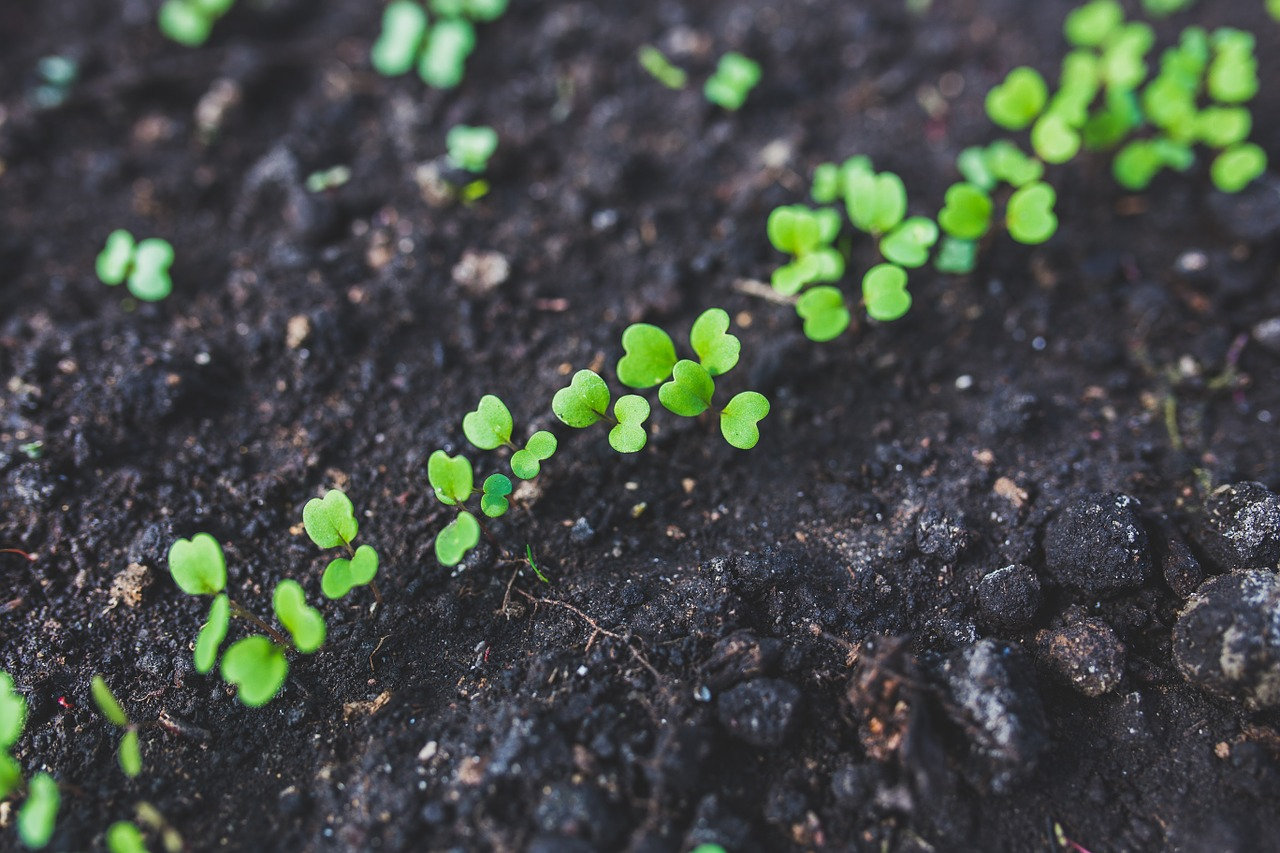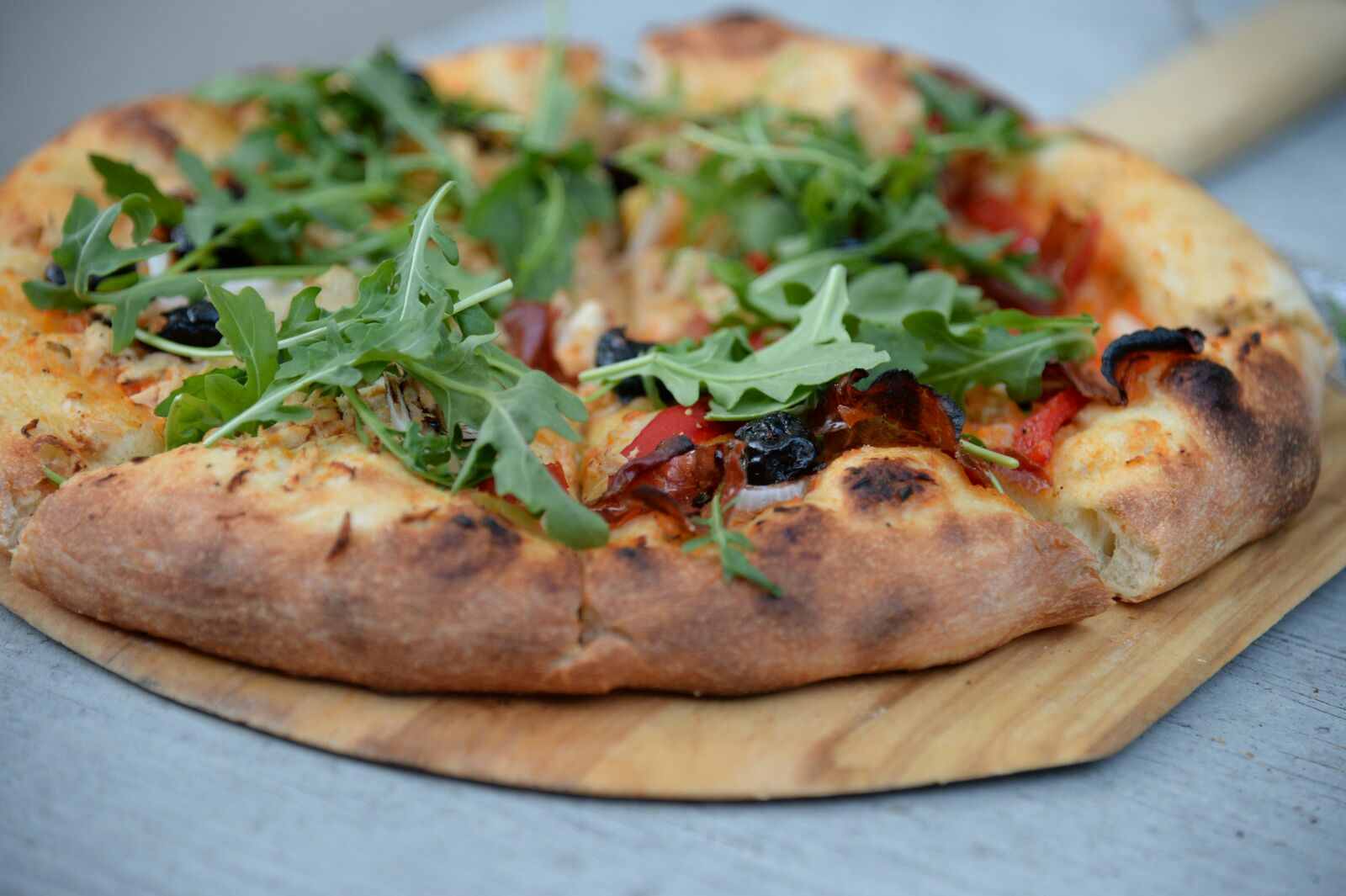Growing arugula: Sowing, neighbors & harvest
The rocket plant
Rocket (Eruca sativa) belongs to the cruciferous family (Brassicaceae) and is also known as salad rocket or garden mustard. Unlike the related wild rocket, salad rocket is an annual and must always be reseeded. The herb, originally from the Mediterranean region, was already popular with the Romans as a salad and seasoning plant.
Rocket & Arugula: What's the difference?

Often the salad rocket (Eruca sativa) is confused with the wild rocket (Diplotaxis tenuifolia). Both originate from the Mediterranean region and are sold commercially as rocket. However, they are two different species: the conventional salad rocket is annual and much milder in taste than its wild relative. Wild rocket also belongs to the cruciferous family, but grows perennially and is often sold under the name perennial rocket. It therefore likes to find its place in perennial herbaceous borders. The wild form has smaller, more serrated leaves. It also produces yellow flowers instead of white.
Location & Soil
Arugula is relatively undemanding as a low grower and grows in sunny or semi-shady places in the bed or on the balcony. It prefers a humus-rich soil, which may be sandy or loamy. Arugula has no special nutrient requirements and is therefore more like the related radishes than the highly nutritious cabbage plants. However, since the salad rocket forms relatively shallow roots, sufficient moisture is indispensable. Wild rocket is less sensitive to drought due to its deep taproot.
Sow and plant arugula

Outdoors, salad rocket can be sown in rows 15-20 cm apart from April to September. The same applies to wild rocket, but here should be sown no later than August. When planting seedlings, a distance of 10 cm should be maintained between the perennials. Early sowings in April should be covered with a fleece, as arugula only germinates reliably from a soil temperature of 10 °C (salad rocket) or 14 °C (wild rocket). At an optimum temperature of 20 °C, the seedlings grow quickly so that they can be harvested after only six weeks. If you have a greenhouse or cold frame available, you can start sowing seeds as early as March. Alternatively, you can plant the first seeds in pots on the windowsill.
Arugula in mixed culture
Sow and plant arugula only where no other cruciferous plants have grown before. For cruciferous crops, a growing interval of three to four years is usually recommended. Annual salad arugula makes an excellent gap-filler because of its short growing season and small space requirements. Good neighbors are, for example, strawberries, carrots, lettuce, celery, onions and marigolds
- Good neighbors: e.g. eggplant, bean, chili, strawberry, pea, fennel, cucumber, cabbage, leek, corn, bell pepper, physalis, soybean, asparagus, spinach
- Bad neighbors: lovage, parsley, sage, celeriac, celery stalks, Jerusalem artichoke, root parsley.
Harvest arugula: how to do it

Annual arugula plants grow quickly and can be harvested as early as four to six weeks after sowing. Start harvesting when the leaves are about ten centimeters long. For lettuce, harvest primarily the young leaves. Cut your salad rocket about three inches above the ground, and the plant will resprout up to three times.
Titelbild von Filmbetrachter auf Pixabay

